
MOF is a compound or material created from the combination of metal atoms (such as copper, zinc, iron, aluminum...) and organic molecules (usually compounds containing carbon, hydrogen, oxygen, nitrogen...).
MOFs have the ability to form “molecular buildings” with countless cavities, allowing gases and other chemicals to move freely inside.
According to the Royal Swedish Academy of Sciences, MOF frameworks open up wide prospects for future applications such as: harvesting water from desert air, storing toxic gases, absorbing CO₂, separating polluting compounds or catalyzing chemical reactions.
Professor Heiner Linke, Chairman of the Nobel Committee for Chemistry, commented: “Metal-organic frameworks have enormous potential, offering unprecedented opportunities to tailor-make materials with new functions.”
The origins of this work began in 1989, when scientist Richard Robson experimented with combining positively charged copper ions with a molecule with four organic branches, each with a copper-attracting chemical group.
The result was a crystal with a neat and spacious structure, like a diamond filled with countless cavities. Although Robson recognized the potential early on, he was unable to stabilize the structure.
Later, two scientists, Susumu Kitagawa and Omar Yaghi, developed this method into a solid foundation. During the period 1992–2003, they independently made a series of groundbreaking discoveries .
Kitagawa demonstrated that gases can enter and exit the molecular frameworks, and predicted that MOFs can be flexible; Yaghi created a highly stable MOF that can be designed for specific uses by adjusting its properties.
Thanks to those pioneering discoveries, chemists have created tens of thousands of different MOFs. Some of them promise to help solve one of humanity’s biggest challenges: removing PFAS chemicals from water supplies (PFAS stands for Per- and polyfluoroalkyl, a group of more than 10,000 extremely persistent synthetic chemicals that do not occur in nature and degrade very slowly in the environment). MOFs also help break down pharmaceutical residues in the environment, capture CO₂, or harvest water vapor from dry air….
Nobel Week 2025 continues with the awards:
Literature (afternoon of October 9), Peace (afternoon of October 10) and ending with the Nobel Prize in Economics (afternoon of October 13).
Each award consists of a Gold medal, a diploma and 11 million Swedish kronor.
Source: https://www.sggp.org.vn/giai-nobel-hoa-hoc-2025-vinh-danh-cong-trinh-tao-ra-bo-khung-kim-loai-huu-co-da-dung-post816983.html



![[Photo] Prime Minister Pham Minh Chinh attends the World Congress of the International Federation of Freight Forwarders and Transport Associations - FIATA](https://vphoto.vietnam.vn/thumb/1200x675/vietnam/resource/IMAGE/2025/10/08/1759936077106_dsc-0434-jpg.webp)



![[Photo] Prime Minister Pham Minh Chinh inspects and directs the work of overcoming the consequences of floods after the storm in Thai Nguyen](https://vphoto.vietnam.vn/thumb/1200x675/vietnam/resource/IMAGE/2025/10/08/1759930075451_dsc-9441-jpg.webp)








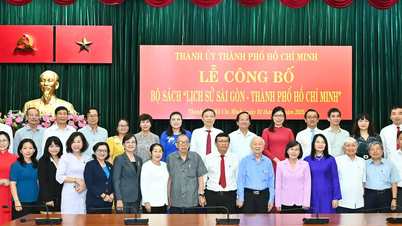


![[INFOGRAPHIC] Bigme HiBreak Pro Color, Smartphone for book lovers](https://vphoto.vietnam.vn/thumb/402x226/vietnam/resource/IMAGE/2025/10/08/1759930976900_info-dt-docsach-02-jpg.webp)









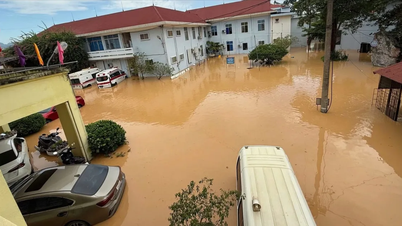

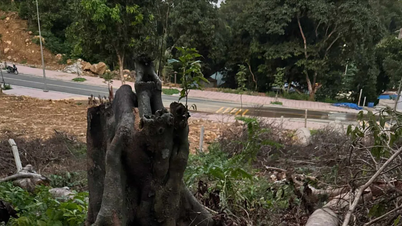



![[Photo] Closing of the 13th Conference of the 13th Party Central Committee](https://vphoto.vietnam.vn/thumb/1200x675/vietnam/resource/IMAGE/2025/10/08/1759893763535_ndo_br_a3-bnd-2504-jpg.webp)



































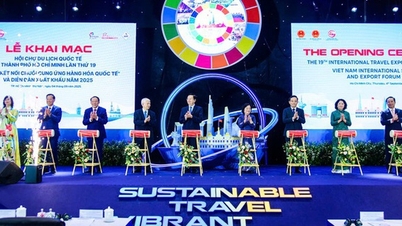


























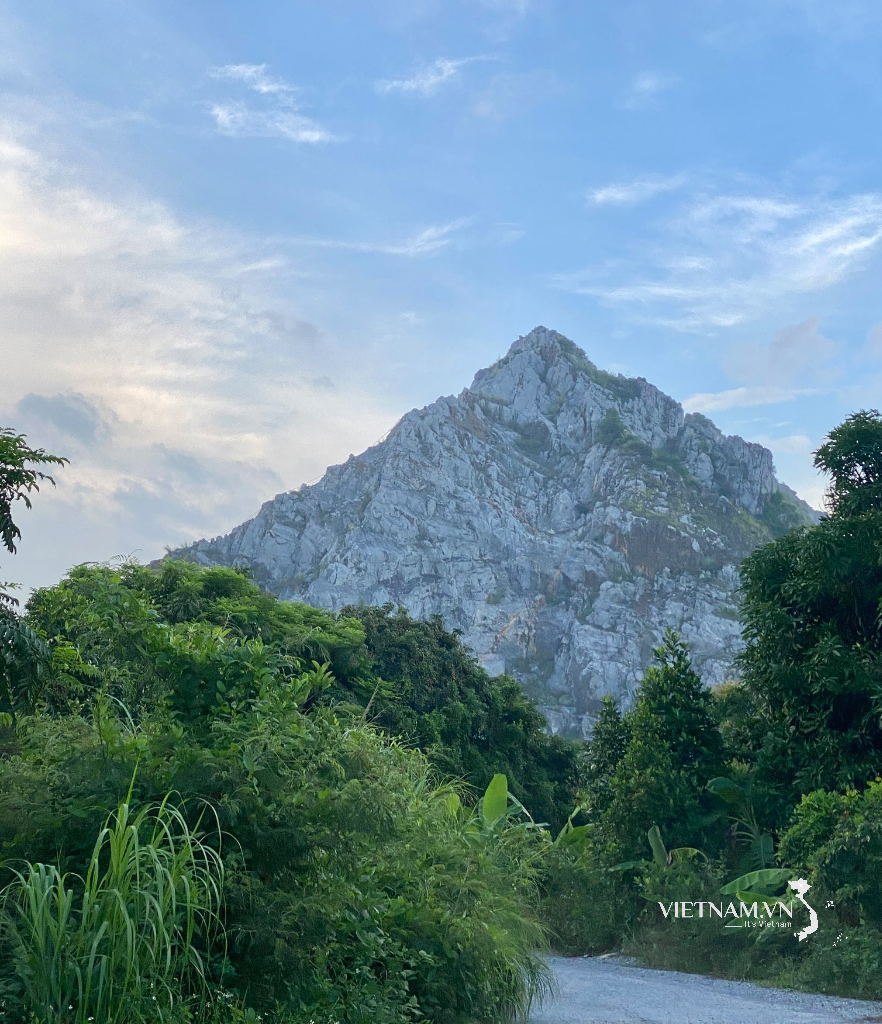

Comment (0)